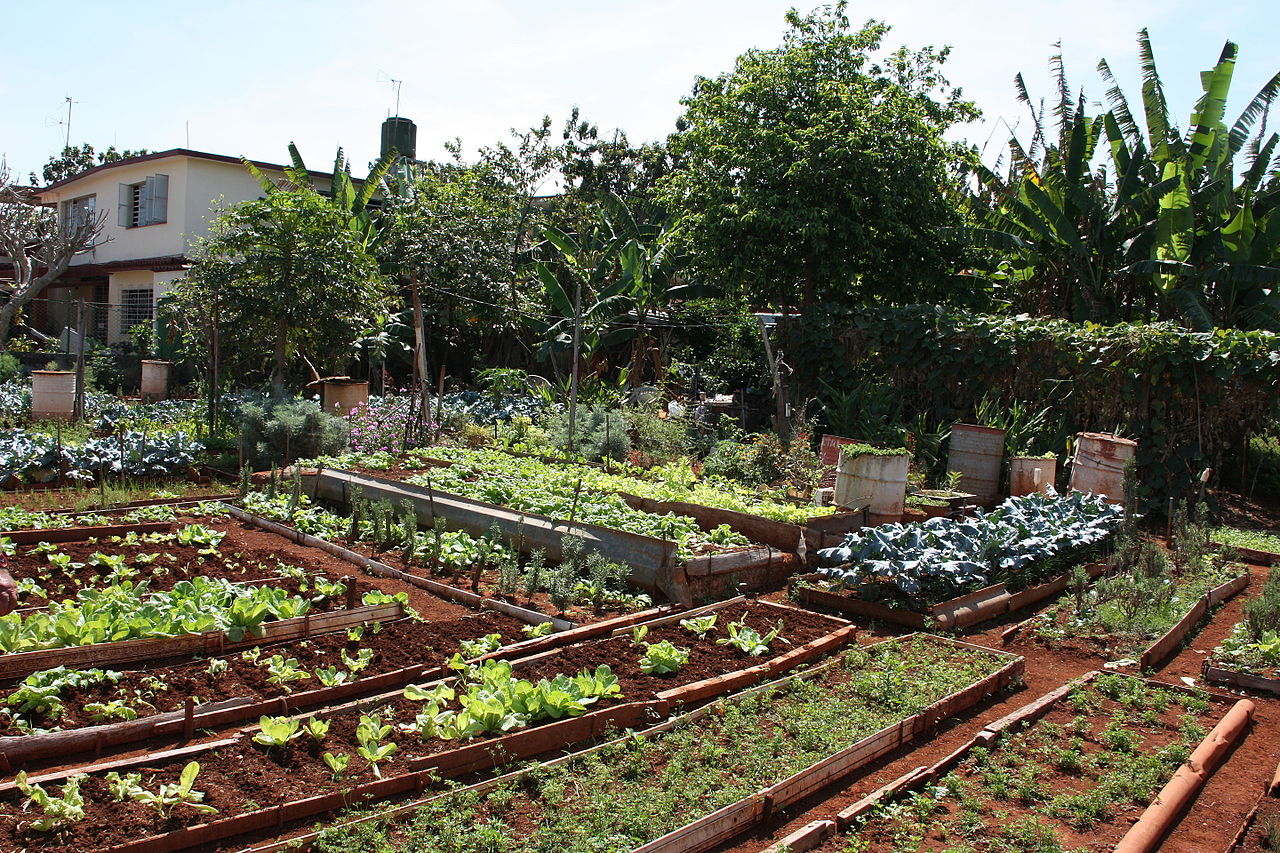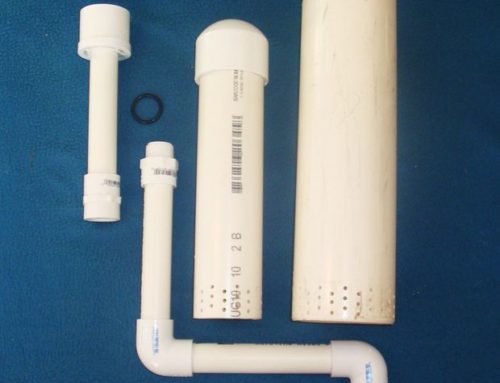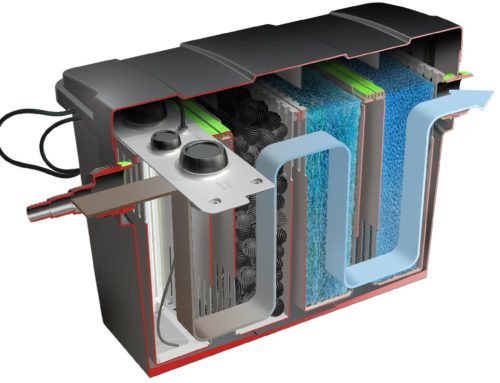A comprehensive tour of Curtis Stone urban farming in 2017. He has a small but very productive urban farmer. You can see how he turn over $100K on a quarter acre. To follow him, Subscribe: http://bit.ly/curtisstonesub
Urban agriculture is a complex system encompassing a spectrum of interests, from a traditional core of activities associated with the production, processing, marketing, distribution, and consumption, to a multiplicity of other benefits and services that are less widely acknowledged and documented. These include recreation and leisure; economic vitality and business entrepreneurship, individual health and well-being; community health and well being; landscape beautification; and environmental restoration and remediation.
Modern planning and design initiatives are often more responsive to this model of urban agriculture because it fits within the current scope of sustainable design. The definition allows for a multitude of interpretations across cultures and time. Frequently it is tied to policy decisions to build sustainable cities.
Urban Farming in action:
Curtis Stone is harvesting a huge microgreen order for one of his customers. Also, how to sterilize seed for planting.
Economics Benefits of Urban Farming
Urban and peri-urban agriculture (UPA) expands the economic base of the city through production, processing, packaging, and marketing of consumable products. This results in an increase in entrepreneurial activities and the creation of jobs, as well as reducing food costs and improving quality.
Social Benefits of Urban Farming
There are many social benefits that have emerged from urban agricultural practices, such as improved overall social and emotional well-being, improved health and nutrition, increased income, employment, food security within the household, and community social life. Urban agriculture can have a large impact on the social and emotional well-being of individuals. Individuals report to have decreased levels of stress and better overall mental health when they have opportunities to interact with nature through a garden. Urban gardens are thought to be relaxing and calming, and offer a space of retreat in densely populated urban areas.
Benefits
The benefits that UPA brings along to cities that implement this practice are numerous. The transformation of cities from only consumers of food to generators of agricultural products contributes to sustainability, improved health, and poverty alleviation.
- UPA assists to close the open loop system in urban areas characterized by the importation of food from rural zones and the exportation of waste to regions outside the city or town.
- Wastewater and organic solid waste can be transformed into resources for growing agriculture products: the former can be used for irrigation, the latter as fertilizer.
- Vacant urban areas can be used for agriculture production.
- Other natural resources can be conserved. The use of wastewater for irrigation improves water management and increases the availability of freshwater for drinking and household consumption.
- UPA can help to preserve bioregional ecologies from being transformed into cropland.
- Urban agriculture saves energy (e.g. energy consumed in transporting food from rural to urban areas).
- Local production of food also allows savings in transportation costs, storage, and in product loss, what results in food cost reduction.
- UPA improves the quality of the urban environment through greening and thus, a reduction in pollution.
- Urban agriculture also makes the city a healthier place to live by improving the quality of the environment.
- UPA is a very effective tool to fight against hunger and malnutrition since it facilitates the access to food by an impoverished sector of the urban population.
Poverty alleviation: It is known that a large part of the people involved in urban agriculture is the urban poor. In developing countries, the majority of urban agricultural production is for self-consumption, with surpluses being sold in the market. According to the FAO (Food and Agriculture Organization of the United Nations), urban poor consumers spend between 60 and 80 percent of their income on food, making them very vulnerable to higher food prices.
- UPA provides food and creates savings in household expenditure on consumables, thus increasing the amount of income allocated to other uses.
- UPA surpluses can be sold in local markets, generating more income for the urban poor.
Trade-offs
- Space is at a premium in cities and is accordingly expensive and difficult to secure.
- The utilization of untreated wastewater for urban agricultural irrigation can facilitate the spread of waterborne diseases among the human population.
- Although studies have demonstrated improved air quality in urban areas related to the proliferation of urban gardens, it has also been shown that increasing urban pollution (related specifically to a sharp rise in the number of automobiles on the road), has led to an increase in insect pests, which consume plants produced by urban agriculture. It is believed that changes to the physical structure of the plants themselves, which have been correlated to increased levels of air pollution, increase plants’ palatability to insect pests. Reduced yields within urban gardens decreases the amount of food available for human consumption.
- Studies indicate that the nutritional quality of wheat suffers when urban wheat plants are exposed to high nitrogen dioxide and sulfur dioxide concentrations. This problem is particularly acute in the developing world, where outdoor concentrations of sulfur dioxide are high and large percentages of the population rely upon urban agriculture as a primary source of food. These studies have implications for the nutritional quality of other staple crops that are grown in urban settings.
- Agricultural activities on land that is contaminated (with such metals as lead) pose potential risks to human health. These risks are associated both with working directly on contaminated land and with consuming food that was grown in contaminated soil.
Municipal greening policy goals can pose conflicts. For example, policies promoting urban tree canopy are not sympathetic to vegetable gardening because of the deep shade cast by trees. However, some municipalities like Portland, Oregon, and Davenport, Iowa are encouraging the implementation of fruit-bearing trees (as street trees or as park orchards) to meet both greening and food production goals




